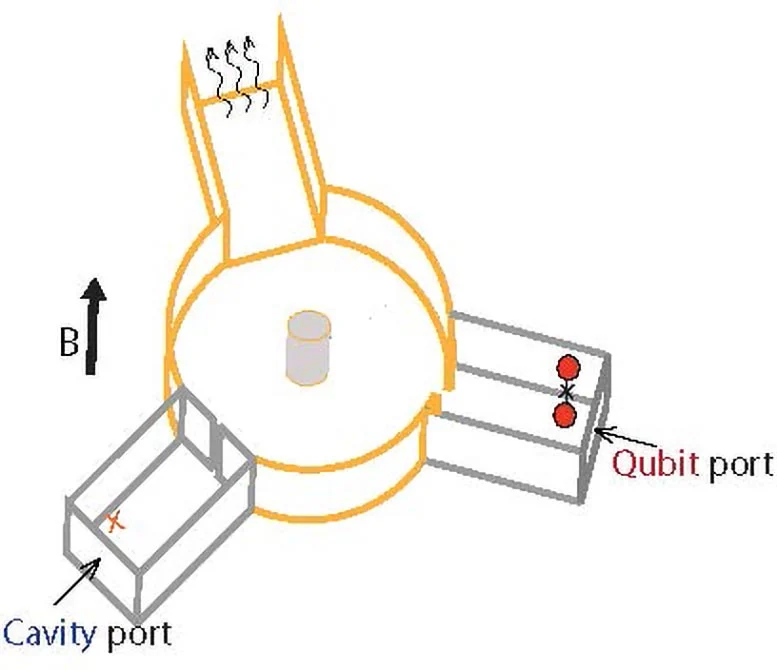Researchers at the University of Massachusetts Amherst have achieved a groundbreaking advancement in quantum computing by adapting a microwave circulator to precisely control the nonreciprocity between a qubit and a resonant cavity. This innovation not only enhances control within quantum computers but also simplifies theoretical models for future research endeavors.
In collaboration with the University of Chicago, the team developed a novel method to precisely tune the degree of nonreciprocity between a qubit and a microwave-resonant cavity using a microwave circulator. This capability is essential for efficient quantum information processing.
Their research, published in Science Advances, introduces a general theory that simplifies and expands upon existing understandings of nonreciprocity. This theoretical framework will enable future studies to leverage their model across different components and platforms.
Quantum computing, unlike traditional bit-based computing, utilizes quantum bits or qubits, which can exist in a state of superposition, representing both 0 and 1 simultaneously. This property, derived from the laws of quantum mechanics, provides quantum computers with unparalleled computational power.
Nonreciprocity, the unequal sharing of information between two entities, holds promise for enhancing quantum computing capabilities. By controlling nonreciprocity, researchers can optimize data access while preserving data integrity.
The team achieved this control by designing and building a specialized circulator, which directs microwave signals within the quantum system. Through simulations and experiments, they demonstrated the ability to precisely adjust nonreciprocity and revised their model to a more general form, applicable to a wide range of research efforts.
Their integrated nonreciprocal device consists of a circulator, a cavity port hosting an electromagnetic field, and a qubit printed on a sapphire chip. By manipulating the electromagnetic field, researchers could control the qubit’s response, allowing for precise tuning of nonreciprocity.
This achievement marks the first embedding of nonreciprocity into a quantum computing device, opening avenues for engineering more sophisticated quantum hardware. With funding from various sources including the U.S. Department of Energy and the National Science Foundation, this research paves the way for further advancements in quantum computing technology.















































